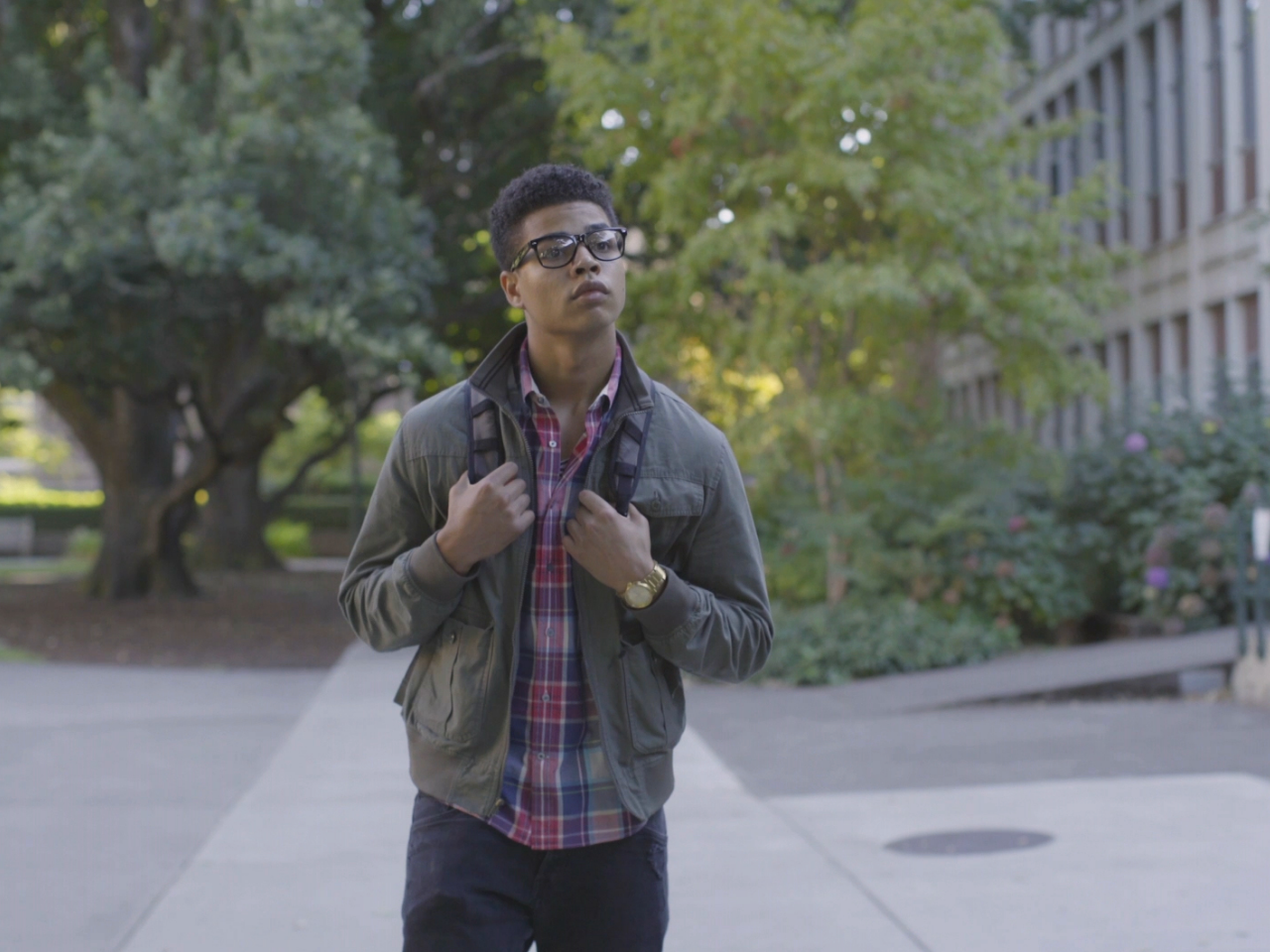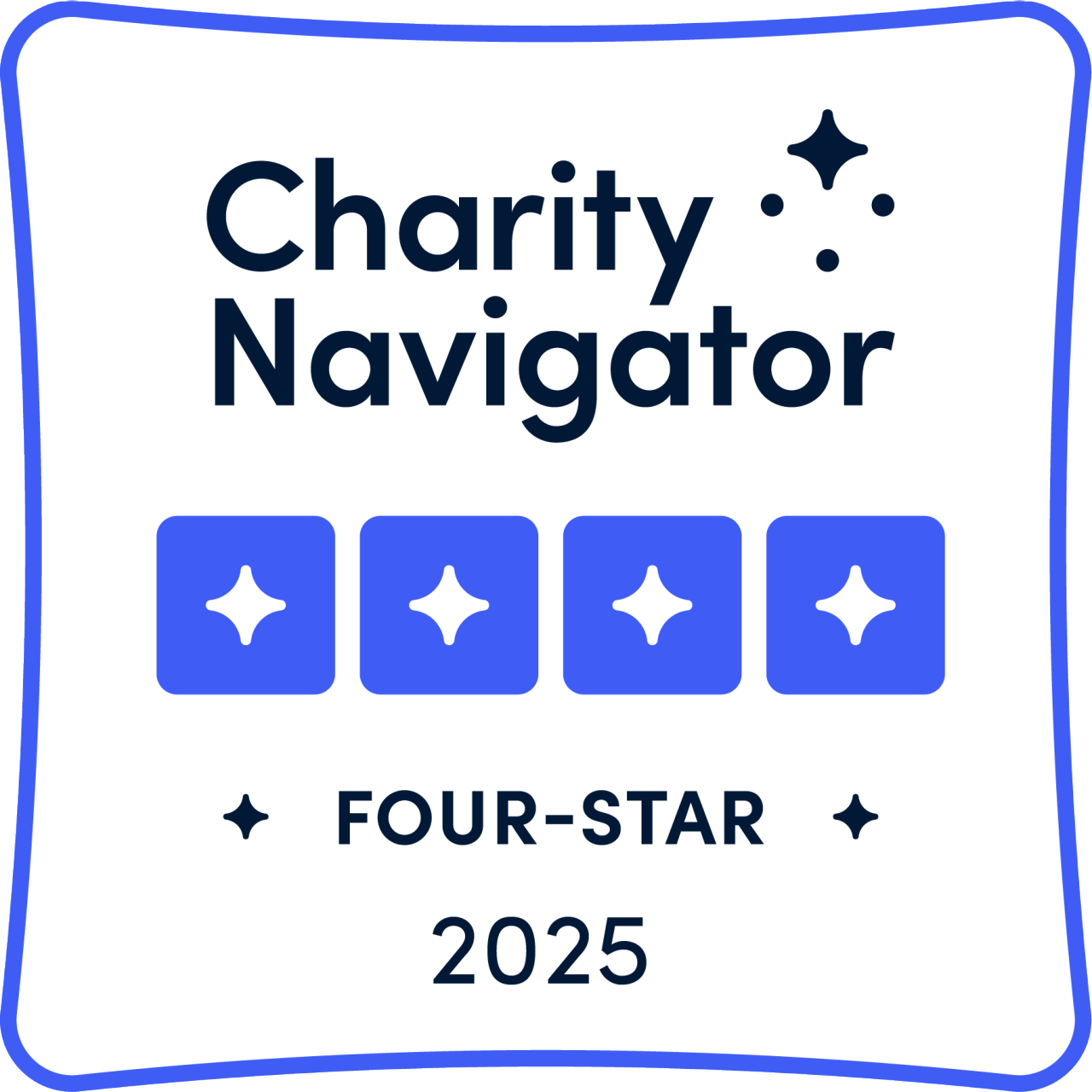Text Messaging Bridges “Summer Melt,” Increases College Enrollment




Given the enormous social and economic benefits, the Commit! Partnership is dedicated to increasing postsecondary participation and completion rates in Dallas County – particularly among low-income and first generation college going students.
Yet even for our most engaged and prepared students, the summer after high school graduation can be difficult to navigate. Graduates don’t have access to their counselor and are not yet connected to a college campus. With these challenges, many Dallas County seniors, particularly those from low-income backgrounds, fall off track, or “melt,” at some point during their senior year or during the summer and do not enroll in any postsecondary program.
After reviewing the data, we found that 64% of high school seniors completed an ApplyTX application, yet only 49% actually enrolled in a Texas institution. To address this “summer melt” in Dallas County in 2014-15, four districts and 11 colleges, with funding from AT&T, launched a texting service based on national research that allowed students to receive reminders on college enrollment milestones and text back to counselors or college staff.

Overall, our Dallas pilot showed that the text messaging intervention increased college enrollment. The 1,041 high school seniors who opted in to participate were 13% more likely to enroll in a postsecondary institution compared to peers not in the texting program. When controlling for race/ethnicity, socio-economic status, GPA, and/or gender, participating in the texting program was consistently correlated with a higher enrollment rate.

An even closer look at the data showed that Black and Hispanic males who participated in the program were 14% more likely to enroll in a postsecondary institution than their peers.

Interviews with participating students and advisors revealed why the texting program worked:
- Text messages provided “just-in-time” reminders about tasks and deadlines.
Students reported the texts prompted them to complete a task, such as registering for orientation, they hadn’t yet done or hadn’t realized they needed to do. “I didn’t know about next steps that I needed to take to get to college. I signed up [for the texts] because of the way that they said I would be connected to someone from my college and that they would be able to explain everything I needed to do,” shared a senior from John Dubiski Career High School in Grand Prairie ISD. - Texts helped make the tasks to enrollment less overwhelming.
The process of applying, selecting a college, and finalizing schedules and bills is complicated. Behavioral psychology tells us when teens are faced with large and complicated projects, they tend to freeze rather than break the large project into smaller, more manageable tasks. Text messages served as a living to-do list and helped the enrollment process seem less overwhelming. “I liked having an agenda…someone texting me, reminding me, putting up dates,” said a senior from Grand Prairie High School in Grand Prairie ISD, “I liked getting lots of reminders.” - Texts freed high school and college advisors to offer more unique supports.
The majority of the text messages were pre-scheduled, so rather than having to remember to send out emails or announcements at certain times throughout the year, advisors could dedicate more time to responding to student questions and following up on tasks. Advisors reported spending less time tracking students down in person or via email to follow-up on tasks, allowing more time to meet with students needing more unique support. - Student responses gave advisors more information on common stumbling blocks.
For example, advisors received an overwhelming number of questions about requesting final transcripts over the summer months when registrars were unavailable or sporadically available to fulfill requests. As a result, districts are proactively making summer transcripts more easily available. This direct feedback loop from students allows districts and colleges to continually improve their service model. - Text messages created a coordinated hand off between the high school advisor and college staff.
Once a student made their college decision, their account was transferred to the higher ed partner which allowed the student to text directly with their admissions and financial aid representative. Making a connection with a trusted person on campus before the student arrived went a long way in helping the student feel as though they belonged and allowed them to receive reminders customized for their college. Additionally, the high school advisors gained real-time insight into where their students were in their decision process. - The process of higher education staff and K-12 college and career readiness staff jointly writing the text messages uncovered gaps.
Partners found just the act of sitting down together to talk through the steps a student takes over the summer months shed light on stumbling blocks of which they may not have previously been aware. For example, not all districts were aware of mandatory orientation fees and not all higher ed partners realized that transcripts were printed by registrars that didn’t have a full summer schedule. Others benefited from sharing resources such as free and low-cost options for meningitis shots.
Given the success of the first year, the Dallas Partnership has doubled the number of students on the platform and three additional partners joined the text message program in 2015-16: Cedar Hill ISD, UNT Denton, and Paul Quinn College.
To learn more about the summer melt texting program, its continuation during this 2015-16 year, and future plans, please contact Sarah Jensen at sarah.jensen@commit2dallas.org.








.avif)